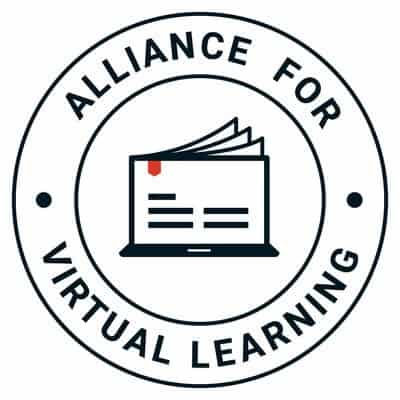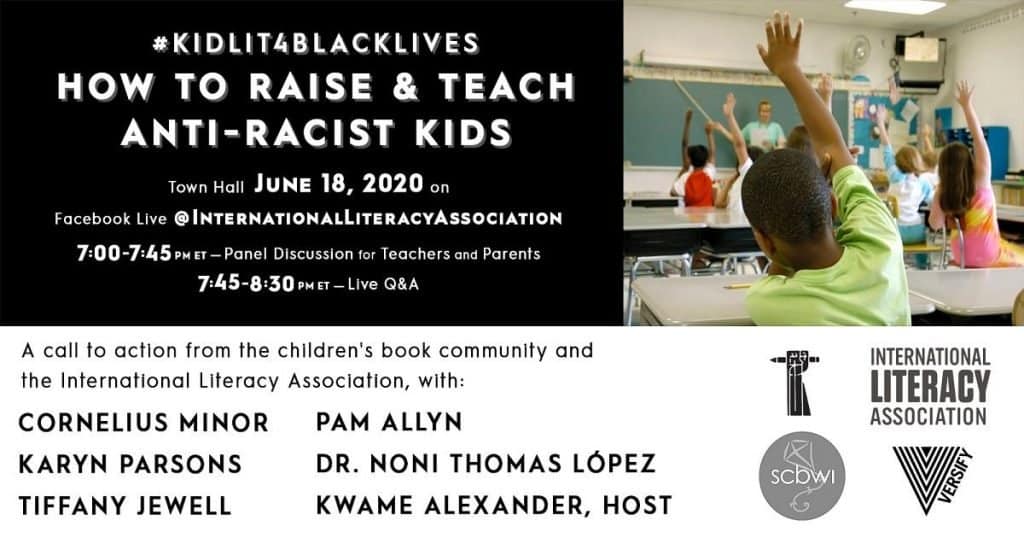Why Collaboration?
As schools around the world increase in neurodiversity as well as cultural and linguistic diversity, many educators are turning to professional collaboration as a powerful tool not only to improve student learning but also to fuel teacher growth. Evidence is clear that specialists and general education teachers working together provide access to learning for all students and become better teachers in the process. Although education has been a historically isolating profession, collaboration is fortunately emerging as a new norm in today’s schools. Both research and practical wisdom shared by teachers suggest that teacher collaboration has a positive impact on both student performance and teacher learning (Darling-Hammond et al., 2017; Greenberg Motamedi et al., 2019; Jackson, 2009; Theoharis and O’Toole, 2011). We know that when educators plan, teach, and inquire together, they improve instruction and model the 21st-century learning skills they hope to develop in students (Nordmeyer, 2015). And we know that effective collaboration involves a cycle of coplanning, coteaching, coassessing, and coreflecting to support students’ language development, well-being, and academic success (Dove and Honigsfeld, 2018). In short, we become better teachers when we collaborate: we add strategies to our toolbox, and we develop a collective self-efficacy, shared purpose, and strong sense of belonging in a community of practice.
Why Yoga?
What does teacher collaboration have to do with yoga? As a practice and a philosophy, yoga can teach us powerful lessons that make us more effective and productive collaborators and coteachers. As long-time yoga practitioners, the authors of this article have reflected on both our yoga and our collaboration in order to identify practices that help teachers to be more productive, joyful, and content—as professionals and as people. In this article, we share reflections and amplify teacher voices. Building on the global community of educators, we include contributions from a number of teachers who participated in a Twitter chat focused on the integration of yoga and coteaching. These honest insights shared by teachers help us to see collaboration with clarity.
Union
The word yoga is derived from the Sanskrit root word yuj, and the most commonly understood meaning of yoga is “union.” To develop a shared identity with a collaborative partner, we need to share classroom space, students, and responsibilities. We also have the opportunity to share goals, objectives, curricula, and research-informed, evidence-based best practices.
•Parity in #coteaching is essential to its success. Students need to see us both as THE teachers. Before I cotaught, the classroom belonged solely to me and my students. As coteachers we have to share physical and virtual space. (@ValentinaESL)
•I absolutely love that we BOTH have 170 students. All of our students look at both my coteacher and me as their ELA teachers. When they come to ELA, it is OUR classroom. (@MaestraSchmidt)
Collaboration starts with the pronouns we use. Consider how the statement “our class is struggling with this concept, and we might try this” reflects a shared identity. Whose name is on the door, handouts, homework, at parent conferences?
Intention
Whether sitting still before a morning yoga practice or sitting down to a coplanning meeting, setting a clear intention is key. As teachers, one thing that we never have enough of is time, so we need to be clear about our shared purpose for collaboration. Most yoga classes start with the instructor inviting students to set an intention, and likewise John Hattie (2012) has documented the significant effect of teacher clarity on student learning.
•Coteaching has helped me stay in the present because we need to make sure that we stay on the same page. Getting out of sync can lead to confusion, for ourselves and for our students. (@IanFerguson0803)
•Coteaching grounds you in the present with feedback from your coteacher. Something may seem second nature to you but once you bounce that idea off your coteacher you may find that it requires more explanation than you anticipated and save a lot of confusion. (@RyanWeltISS)
When we collaborate, we can set clear learning targets with success criteria for students and set learning goals for ourselves as teachers. We should focus on one thing at a time and not try to “fix” students or colleagues. When we establish norms for our coteaching partnerships, we establish how we want to coteach and how we want students to view us, together. Collaboration becomes both a lens to focus and a mirror for reflection.
Flexibility
This is perhaps the most obvious metaphor for the benefits of both yoga and coteaching; both activities make us more flexible as individuals and as professionals. Being able to bend, stretch, extend, or when necessary contract helps us develop a facility to use different coteaching moves.
•Collaboration makes us more flexible as professionals because it helps us to combine our thoughts and ideas with someone else. We are able to use multiple perspectives to create something that we might not be able to do alone. (@IanFerguson0803)
•Coteaching keeps me focused on what my students need to feel relevant in their classes when I’m not there. Just like yoga keeps me focused on the moment, but the effects provide me with what I need throughout the rest of my day, long after my stretch is done. (@lopescommack)
Bryk and Schneider (2003) reinforce the importance of flexible cohesion by recognizing that “relational trust is the connective tissue that binds individuals together to advance the education and welfare of students. Improving schools requires us to think harder about how best to organize the work of adults and students so that this connective tissue remains healthy and strong” (p. 45). Flexible joints allow us to move purposefully and even gracefully; flexibility in collaboration allows us to adjust and move together with a trusted colleague.
Awareness
How can collaborating ground us in the present moment? The practice of mindful seeing and listening involves being observant and curious. Patience and empathy are both the ingredients and the outcomes of active and compassionate listening. Staying in the moment while coteaching allows us to take advantage of having two educators in the room. Awareness allows us to notice what is happening with students and offer immediate support or intervention if necessary, another highly ranked variable from John Hattie (2012).
•Having a coteacher can help us realize when something needs to be explained better or discussed more with the students. Sometimes one person notices something that the other doesn’t. (@IanFerguson0803)
•Coteaching helps to ground me in the present moment because I have to be aware of what is going on to make sure I’m in synch with my coteacher. Just like how yoga helps to ground me by making me aware of what my body is doing, coteaching is the mind. (@MsNeumuller)
When we take a moment to step back and reflect with colleagues, we are able to witness our coteaching in a nonevaluative and nonjudgmental manner. We can collectively inquire into the impact of our collaboration. Being present also involves a heightened awareness of the self, which helps us to ask: What strengths do I bring to this professional relationship? What can I learn from my colleagues? How have I improved my craft? Deepening our professional awareness before, during, and after coteaching allows us to grow.
Letting Go
Collaboration helps us to unlearn and makes us better teachers. When we approach our work with an attitude of humility, it removes tension, lowers the affective filter, and creates intentional partnerships. This sense of humility is empowering because it’s what allows us to learn from each other. And we know that collaboration is one of the most powerful forms of professional learning.
•When we get to the point of asking for clarification, or help, we are able to build trust with our coteaching partners. And that relationship leads to reciprocal learning. (@misterjohncox)
•I had to let go of that need to be in control. It’s actually an amazing feeling to know that it’s not me who needs to be the time/behavior management person, it’s both of us! And that is a stress reliever. (@MaestraSchmidt)
•The hardest thing for me to unlearn is taking control of the class when things become complicated. If there is confusion it won’t help for me to give everyone my idea of the instructions without consulting with my coteacher to make sure we’re on the same page. (@RyanWeltISS)
Letting go is healthy for our egos. As teachers, we are creatures of habit and we recognize that routines can be important for our students. However, that doesn’t mean our classrooms or our teaching practices should look the same as they did ten years ago. One classic yoga message is to let go of what does not serve you anymore. Yoga and coteaching both invite us to deeply reflect on what does or does not work in our professional lives.
References
Bryk, A. S., and Schneider, B. (2003). “Trust in Schools: A core resource for school reform.” Educational Leadership, 60(6), 40–45.
Dove, M. G., and Honigsfeld, A. (2018). Coteaching for English Learners: A Guide to Collaborative Planning, Instruction, Assessment, and Reflection. Thousand Oaks, CA: Corwin Press.
Hattie, J. (2012). Visible Learning for Teachers. New York, NY: Routledge.
Nordmeyer, J. (2015). “Collaboration: Scaffolding student learning and teacher learning.” EARCOS Tri-Annual Journal. East Asia Council of Overseas Schools.
Jon Nordmeyer is the international program director at WIDA, a nonprofit research center at the University of Wisconsin-Madison; his research focuses on teacher collaboration and global learning networks. He has taught in international schools in the Netherlands, Taiwan, Turkey, China, and Thailand. Jon can be contacted at [email protected] or @nordmeyerj.
Andrea Honigsfeld is associate dean and professor in the School of Education and Human Services at Molloy College, NY. She is the coauthor of over 20 books, predominantly focusing on collaboration and coteaching for ELs. Andrea can be reached at [email protected] or @andreahonigsfel.
The authors are grateful to all participants of a Twitter #coteachat on November 26, 2019, who contributed to this article, both those who were directly quoted (John Cox: @misterjohncox; Ian Ferguson: @IanFerguson0803; Valentina Gonzalez: @ValentinaESL; Nancy Lopes: @lopescommack; Amelia Neumuller: @MsNeumuller; Brittany Schmidt: @MaestraSchmidt; Ryan Welt @RyanWeltISS) and all who helped catalyze our thinking.















